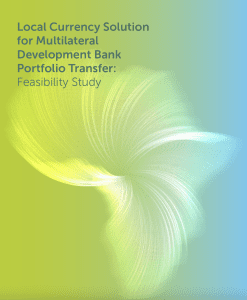Innovation is key to increasing insurance penetration in Africa. Despite recent improvements, insurance penetration across sub-Saharan African (SSA) markets remains low, at 2.78%, compared with the global average of 7.3% (Signe, 2021). Innovation is needed to change this picture: to enhance the value proposition of insurance, a new take is required on systems, product design, distribution and claims. Yet, while there is no lack of innovation on the continent[1], foundational challenges relating to, among others, infrastructure, partnerships, skills, payment streams, seed funding and behavioural barriers to adoption continue to inhibit the achievement of the required scale of innovation (Cenfri, 2021).
Need to balance risks with the rewards of innovation. While not all aspects of the enabling environment are within the regulator’s control, more and more regulatory authorities have an implicit or explicit market development mandate under which they actively work to promote innovation (A2ii, 2020). With innovation also comes risks. The reality of these risks implies that, for a market to benefit from the rewards of innovation, insurance regulators need to strike a balance between fostering an enabling environment for innovations to thrive, while also protecting the market against any undue risks that may be associated with market development. Indeed, proactive and proportionate management of the risks arising from innovation is core to maintaining the sustainability of innovation. Striking this balance aligns with the principle of proportionality in the face of digital innovation as put forth by the IAIS[2]. To maintain a conducive but safe environment for innovations to thrive, supervisory responses need to evolve and adapt to the changing realities of innovative industries.
[1] For example, as shown by Cenfri’s insurtech tracker database.
[2] The use of digital technology in inclusive insurance, IAIS (2018).



